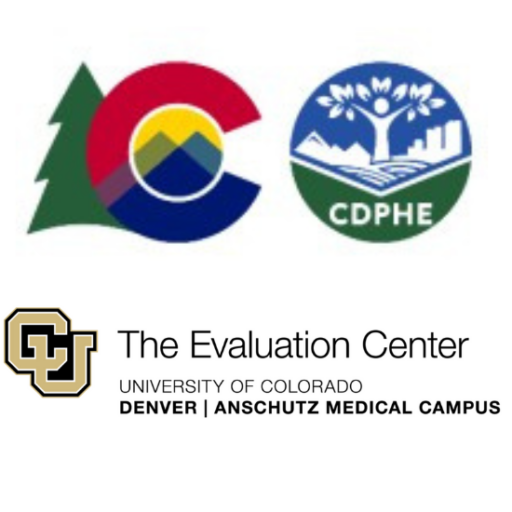Considerations for Rural Data Collection
For Colorado youth prevention data, the Healthy Kids Colorado Survey data are a key source. What if a community opts out of data collection?
- How much capacity do you have under your funding source?
- If you have lower capacity, consider alternative data sources like the Behavioral Risk Factor Surveillance System (BRFSS); local law enforcement citation data; Department of Transportation crash data; Emergency Department admissions data; and the Department of Revenue liquor, cannabis, and tobacco enforcement data. This route is still not a light lift and may require data requests, familiarity with government systems, reading spreadsheets, and interpreting statistics.
- If you have higher capacity, consider collecting data. Learn more about designing a needs assessment tool in the Learning from the Community step.
What if a community collects HKCS data but the data are only presented at the Health Statics Region (HSR) level and that does not feel representative of your smaller community within that region?
- Reach out to schools or school districts directly to see if they are willing to share their HKCS data.
- Find a smaller HSR with a similar level town and similar characteristics (population size, youth population, number of schools, ski resort, if relevant, and culture of substance use).
- Ask a coalition in a smaller community for advice or guidance on how they have approached gathering available data.
